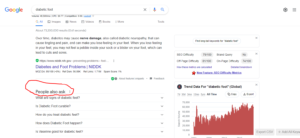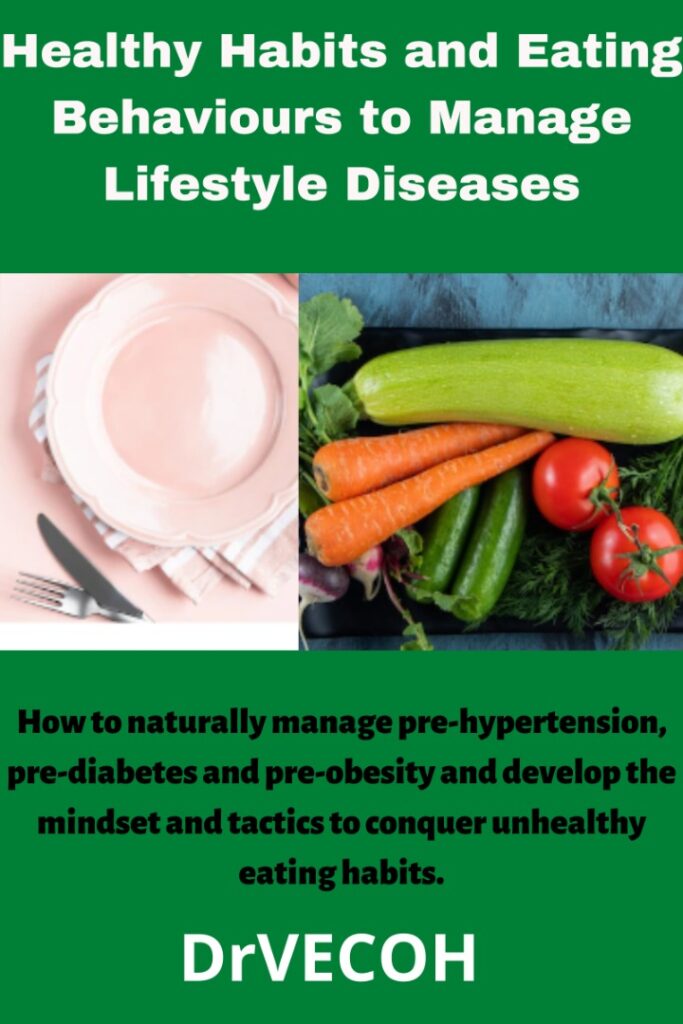Content marketing is fast becoming the go-to marketing strategy for marketers because of its effectiveness. 82% of marketers actively use content marketing in their marketing strategy, according to Hubspot. However, blogging is one of the most under-utilized types of content in health care marketing.
B2B marketers who use blogging as a content marketing strategy generate 67% more leads than those who don’t.
Even though there are over 600 million blogs on the internet, blog marketing with the right strategy is an effective way for health care providers to build brand exposure, generate leads that can be converted into paying customers.
In this article, you’ll learn how to create blog posts that delight your prospects and specific tips to convert these prospects into paying clients.
Health Care Marketing Steps Using Medical Blogging
Health care marketing using blogging techniques requires a strategic approach. Here are the steps you should take.
Select a narrow niche
Focus your medical blog on a specific narrow niche area that is related to your services to establish your brand as the expert in a given specialty. For instance, if you offer orthopaedic medical services, create blog posts around medical conditions and questions your ideal prospect might have about orthopaedic diseases.
Aim to go in-depth in your blog posts and focus on quality and not quantity. Create a variety of blog post formats such as how-tos, lists, case studies etc, and use your key performance indicators to discover the exact type of content formats your audience finds interesting.
Find relevant blog post ideas
The best way to find blog post topic ideas online is to use Google because your prospects search online for medical information before making a decision.
Create a blog post that aligns with your customer’s journey- target educational content to clients who are just aware of their health problems and product/service content to clients who are already aware of their problems and seeking solutions.
Here are 3 ways to use Google to research topic ideas:
- Google autocomplete: Google autocomplete is an autosuggestion feature on a Google search bar based on search queries people type on Google. For instance, if you have a diabetic clinic and you want content ideas on Google, type diabetic on Google and look out for all the autosuggestions around that keyword. You can repeat this with other keywords related to your services and products to get ideas of what you target client searches on Google related to your services.
- Google-related search: Type your keyword into the search bar and press the enter button. Then scroll down to the bottom of the page to see other related topic ideas people are looking for. The image below shows an example for the keyword- “diabetic foot”:
- People also ask: This feature is seen on the first page of Google- somewhere in the middle. To increase the number of questions, you can click on 2 or more of the arrows. Here is an example below
These hacks enable you to find topic ideas quickly and plan how to prepare your blog post to answer the questions your clients have.
Optimize your content for Google
Content optimization with relevant keywords is essential for being found on Google search results. This process involves selecting topic/brand-related keywords and adding the keywords to specific places in your blog post.
Use a keyword tool to find and select keywords you want to rank for using the following metrics:
- High keyword volume
- SEO difficult score- <40
- High cost per click
- Strong traffic potential
- Relevant to your brand.
Select one primary keyword- the main keyword you want to rank for and 5-6 secondary keywords- groups of related keywords with good metrics.
Don’t keyword stuff your articles but here are strategic places to insert them:
- Url
- Headline
- First 100 words.
- Sub-headings
- Content body- 2- 3 times only insert where the keyword fits.
- Conclusion
- Meta-description
Inserting your keywords in these places helps the Google algorithm to rapidly figure out your blog post and bring it up among search results.
Editorial calendar
Producing quality consistent content is the best way to win your initial website visitors to return for more blog posts.
If a prospect visits your website and enjoys your content, the possibility of returning or searching for more blog posts is high. To ensure you meet up, create an editorial calendar that helps you stay organized and focused. Use a Google sheet or download a free editorial calendar template online and customize it to fit your content goals.
Here are some key things to include in your editorial calendar:
- Proposed topic
- Assigned author
- publication date
- Special dates and anniversaries.
- Promotion and distribution channels.
- Trending topics/new launches relevant to your business/industry.
- Seasonal content and key sales dates like Black Friday/Cyber Monday.
Key Performance Indicators
Creating tons of blog posts alone may not help you reach your content goals because you need to identify the best-performing blog post formats using some metrics. This allows you to focus your resources on producing more of what your target clients want.
The metric you use to evaluate a blog post depends on the content goals you have set. For instance, if your content goal for a blog post is the number of leads generated, the KPI to review will be the conversion rate.
Here are some examples of content metrics based on the marketing channel:
- Website: Page views, unique visitors, session length, backlinks, bounce rate, conversion rate, and the number of leads and sales.
- Social media channels: Number of likes, comments, shares, followers.
- Email: Open rate, click-through rate, conversion rate, number of subscribers.
Evaluate the data from these metrics after 2-3 months of consistent blogging and promotion.
Blog post Promotion
Website traffic is critical and fundamental to any marketing campaign because if prospects do not see and visit your blog page, they can not read your content. Promote each blog post by strategically placing your content before your ideal clients so they can read it and engage with it.
The most common channels are through emails ( if you have an email list) and social media channels.
Check out common places such as forums, Facebook groups, Quora, and Sub-reddit groups where your ideal customers may be clustered and then promote your blog posts in that online channel.
If you have a marketing budget and want a quick result, you can use paid social media ads such as Facebook and Linkedin ads to amplify your content if your customers hang out on these social media channels.
Offer lead magnets
After creating a compelling and educational blog post, website visitors will leave your blog and may forget about you unless you engage with them regularly and communicate your services to them after some time.
One of the best ways to build relationships with your prospects is to offer them a free valuable report and communicate with them regularly through email newsletters.
Create a special ebook that helps your ideal prospect and offer it to them in exchange for their email address. Place this downloadable ebook strategically on your website such as on the home page, sidebar, service page, or at the end of your blogs posts.
Use email marketing strategies like automated email series where you welcome each subscriber, ask them questions to know their health needs, and inform them how your health services can help them.
In addition,grow your email list by placing multiple sign-up forms so new website visitors can sign up and offer free bonuses like a special report to boost sign-up rates.
After adding consistent value and building trust with prospects, converting them to paying clients becomes easy because they know, like, and trust
Final Thoughts
Health care marketing using blogging is still an effective strategy for health care providers to attract and retain patients.
Start by conducting topic research as highlighted, answer questions discovered, and add value constantly without being pushy about your services. Use an editorial calendar to create consistent content, optimize your blog post for Google and then promote them in the right online channels so your clients can read your blog posts.
Which of these tips have you used for your blog?
Leave a comment below and share this content with your network.













